Eagles Soar
Artist Name: Sandy B
Jan 27, 2025
Choose your role below and begin your journey with us.
Create and manage projects, collaborate with talented artists, and bring your vision to life.
Perfect for property owners looking to launch art-related projects or commission work.
Create Your ProjectShowcase your art, explore creative opportunities, and collaborate with project owners and architects.
Ideal for artists or art galleries looking to exhibit work and explore new opportunities.
Explore OpportunitiesAccept invitations from property owners, showcase your portfolio, and write blogs. Your role will be visible to other users.
Great for architects who want to showcase designs and collaborate on building projects.
Join as an ArchitectEvaluate submitted proposals, give feedback, and choose the best talent for each project.
Perfect for industry experts or those who want to provide feedback and shape creative projects.
Join as a Judge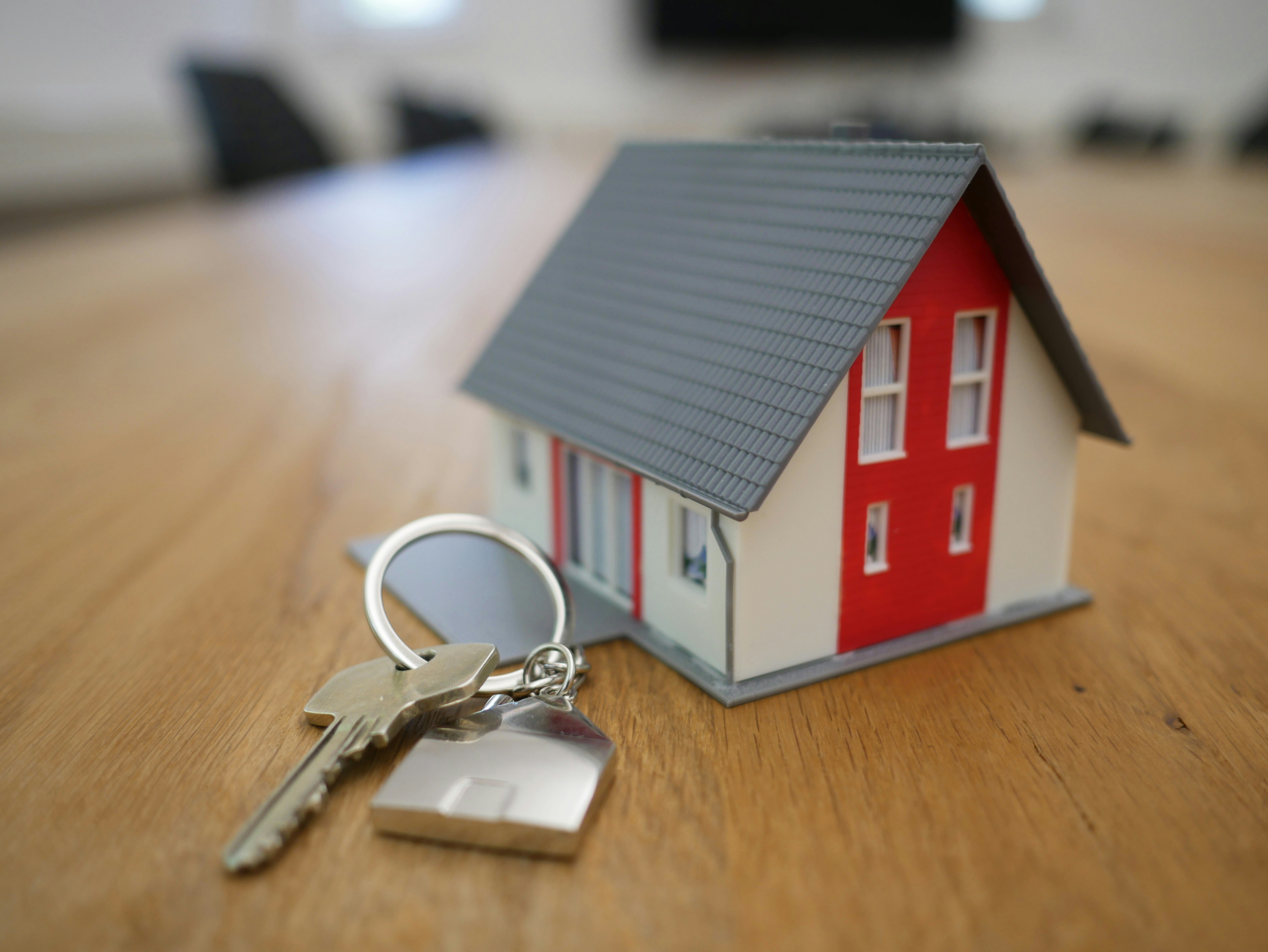

ARDI is a unique platform that bridges the gap between art, architecture, and property development. We empower artists, architects, and property owners to collaborate seamlessly, creating meaningful and visionary projects.
Whether you're here to commission art, showcase your designs, or bring creative visions to life, ARDI is your space to connect, inspire, and grow. Let's transform properties into living art.
Get Started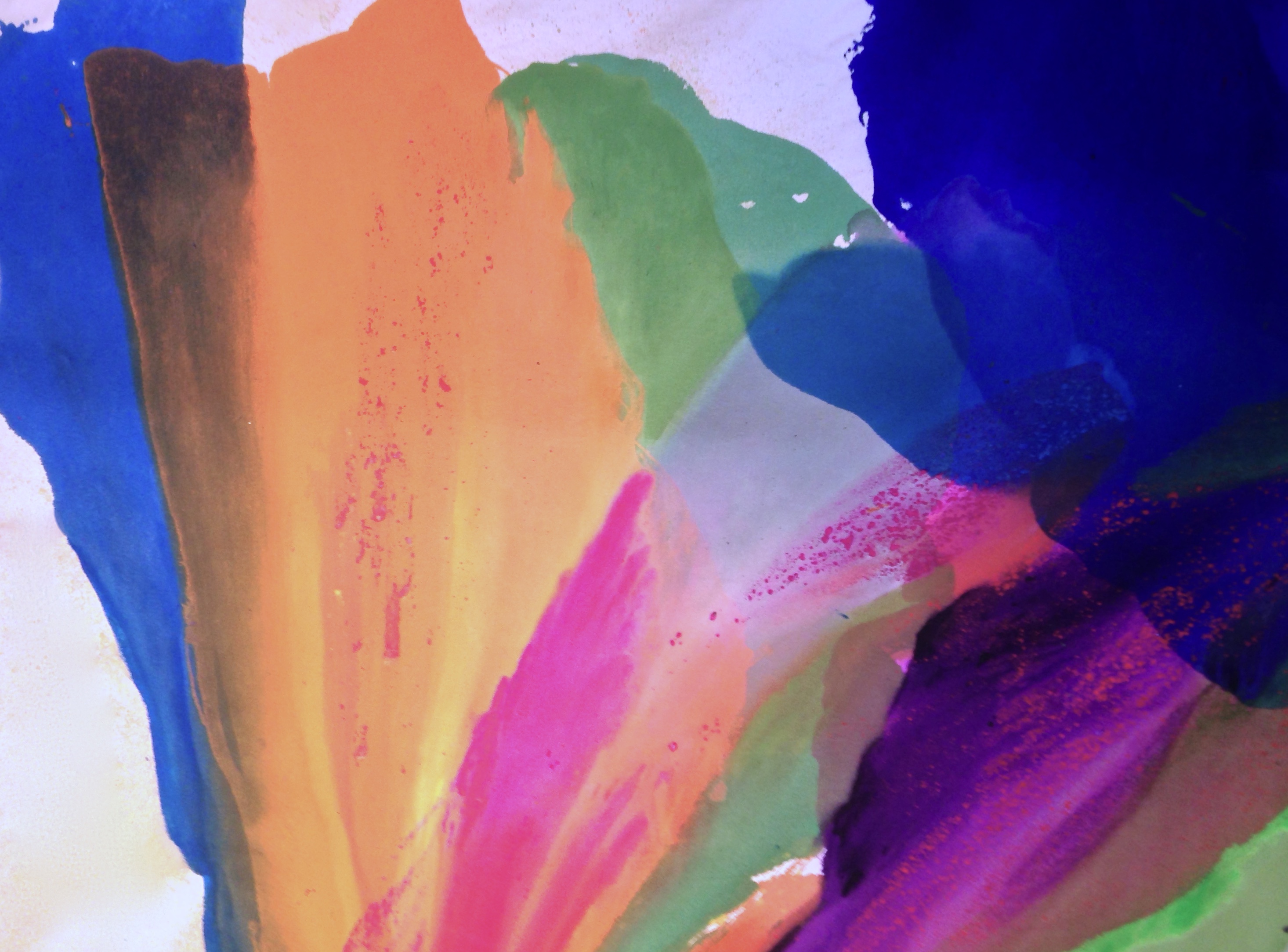
Artist Name: Sandy B
Jan 27, 2025
Artist Name: Shaunte Gates
Jul 15, 2018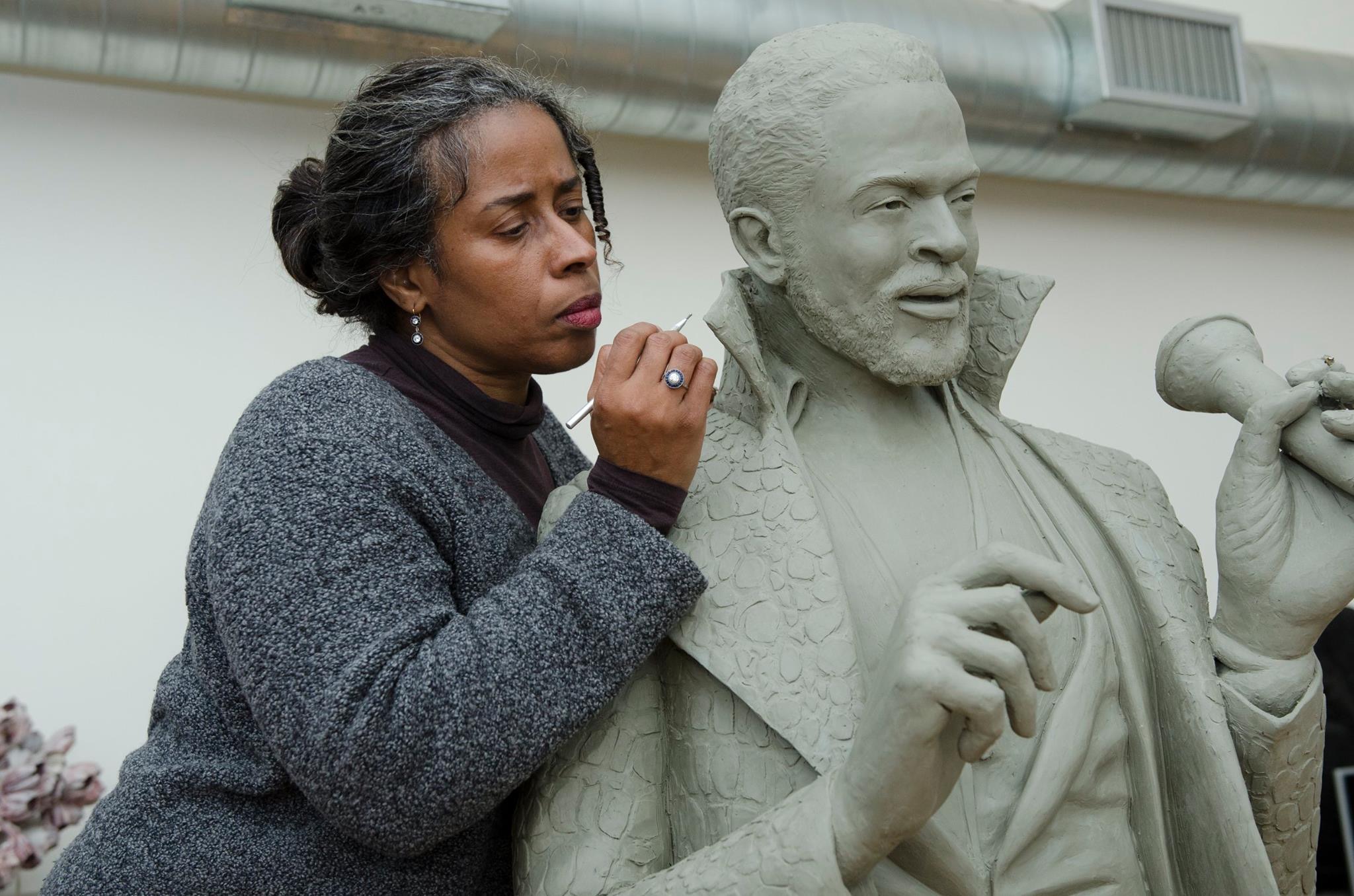
Artist Name: Vinnie Bagwell
Jul 15, 2018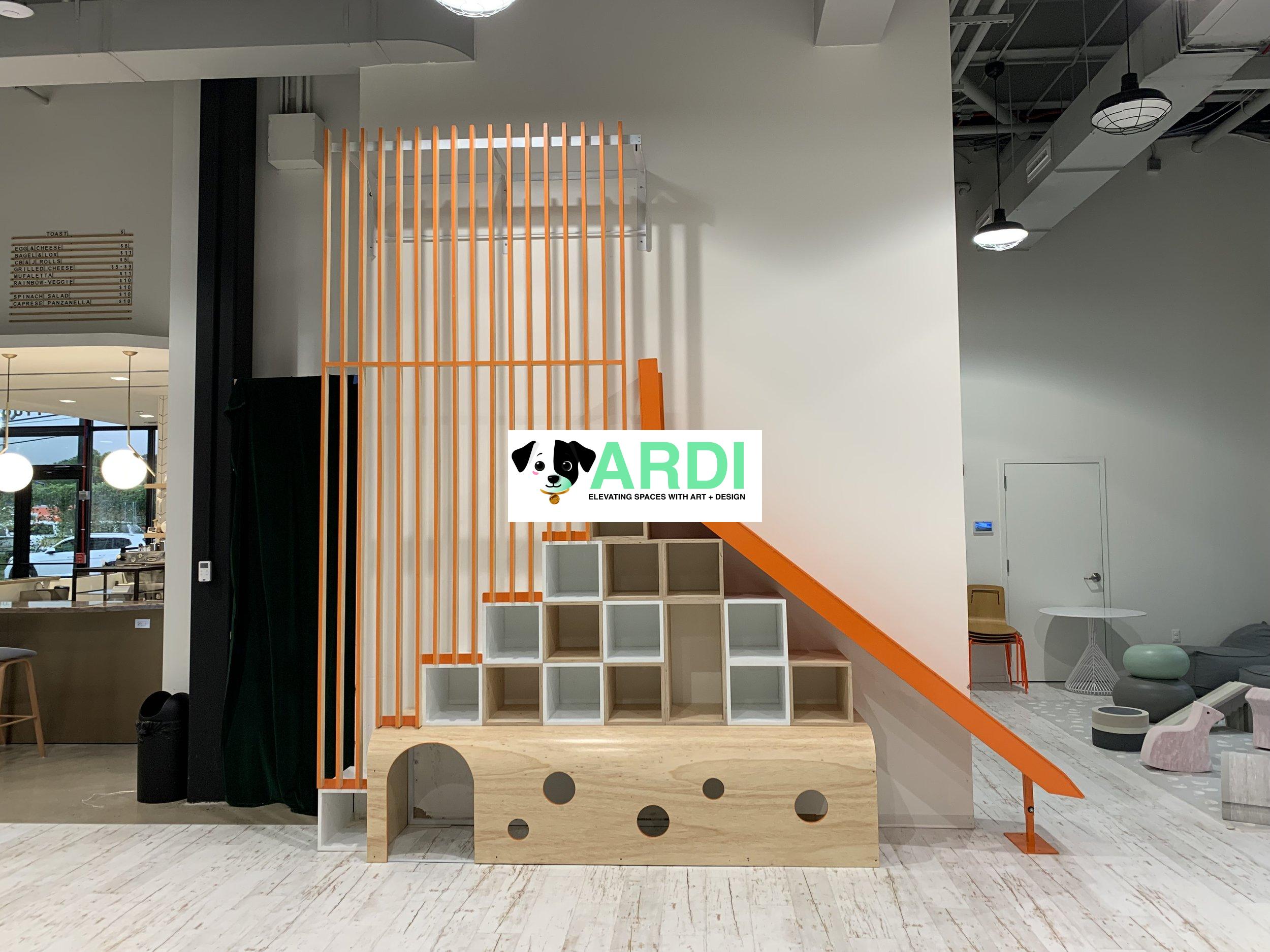
Artist Name: Jordan Hamlett Sanders with Patrick McDonough
Nov 17, 2025
Artist Name: Josh Zubkoff
Nov 14, 2025
Artist Name: Lauren Lee
Nov 13, 2025Superkilogram: Capturing Intimacy between Glass, Code, and Concrete Asian American Pacific Islander Heritage Month Artist Collective Feature You can build a building. Or you can build a portal. Most people don’t know the difference. But Superkilogram does. Superkilogram happens when a glass poet, a digital architect, and a city-shaper reflect on the history of their works to reveal ghosts of their most intimate creative moments collectively. Let’s start with Shan Shan Sheng. She turns glass into memory, space into meaning. Her works hang in airports, hospitals, embassies, and skyscrapers from Shanghai to Chicago. She’s the heartbeat. The oracle. The one who makes you feel. But if Shan Shan is the soul, then David Kwon is the pulse. A Korean American architect with a sketchbook full of code, geometry, and raw curiosity, David doesn’t just design spaces — he engineers experiences. His works have given San Francisco its indelible major icons of visual identity, including the San Francisco Music Conservatory, UCSF, and the Moscone Convention Center. When he’s in the zone, it's like watching Miles Davis play CAD. He’s obsessed with the intersection of old and new. What happens when classical form meets digital friction. Then there’s Chris Gee — before building blockchain and AI infrastructure for developing communities across Asia, Chris was an artist, musician and filmmaker. He was formerly Creative Director of the Hong Kong Shenzhen Urbanism and Architecture Bi-City Biennale – and is making all worlds collide within Superkilogram. This 2nd Gen Chinese American asks the big questions no one wants to deal with: How do we build a city that doesn’t destroy us? How does a system breathe? Heal? Feed a soul? His work is rooted in biophilic design, equity, and climate realism. He’s not interested in monuments for rich clients. He’s interested in systems that restore dignity to people, to land, to legacy. Together, they are Superkilogram — a name that doesn’t quite translate, because what they’re doing doesn’t quite fit into any box. Their materials: Glass; Code; Bamboo; Time; Memory; Algorithms. Their practice is part architecture studio, part spiritual excavation. And their portfolio reads like a series of dispatches from the future. Projects that hit you in the chest: The Open Wall Project (Venice Biennale) – Reimagining the Great Wall of China with translucent Murano glass. A wall that doesn’t divide, but glows. Bamboo Series – Sculptural, organic, haunting. A meditation on tension, both physical and cultural. Digital Artifacts – NFT installations that challenge ownership of time and space in the metaverse. This is public art as provocation. This is architecture that doesn’t ask permission. This is the Asian American voice unfiltered — not trying to fit in, but standing up and building its own museum. What Makes Them Dangerous (In All the Right Ways) They don’t flinch. Not from the politics of space. Not from the commercial pressure to make it “Instagrammable.” Not from their diverse immigrant stories that got them here. They take the cultural baggage — the expectations, the exile, the longing — and they weld it into something glowing and indestructible. Because if you’re not making people uncomfortable, you’re not making anything worth remembering. Where to Catch the Ghosts They Leave Behind: Venice Biennale – "Open Wall", Venice, Italy Shanghai – Ocean Wave (Shan Shan Sheng) Florence Biennale – Universal Elements Superkilogram Digital Lab – Online NFT Archive Coming soon: public infrastructure art proposals in Los Angeles, Seoul, and DC
San Francisco

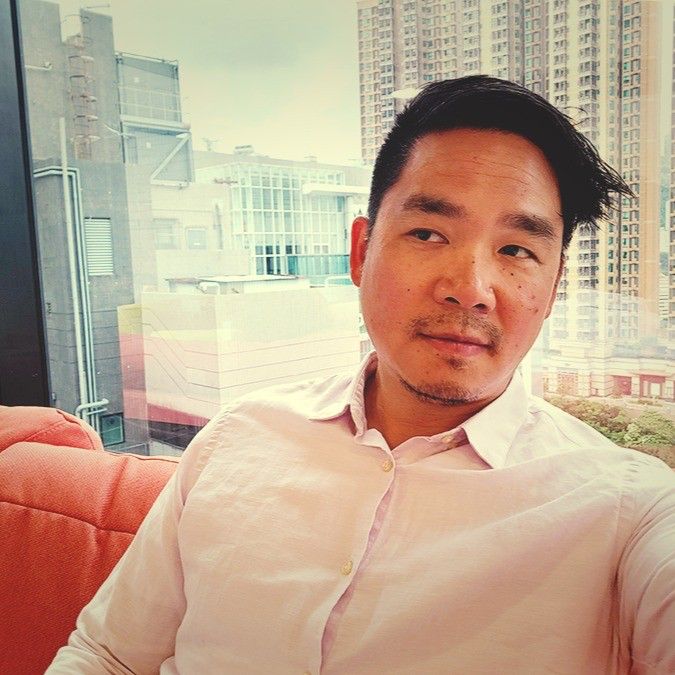
Superkilogram Architect Chris Gee
San Francisco

Admin
Mar 23, 2025

Admin
Feb 01, 2025

Admin
Feb 01, 2025

Interested in using our platform or integrating our features into your own application? We offer flexible software licensing tailored to individual, business, and enterprise needs.
Whether you're a startup, creative agency, or large organization, our licensing options ensure compliance, scalability, and peace of mind.
Request a License